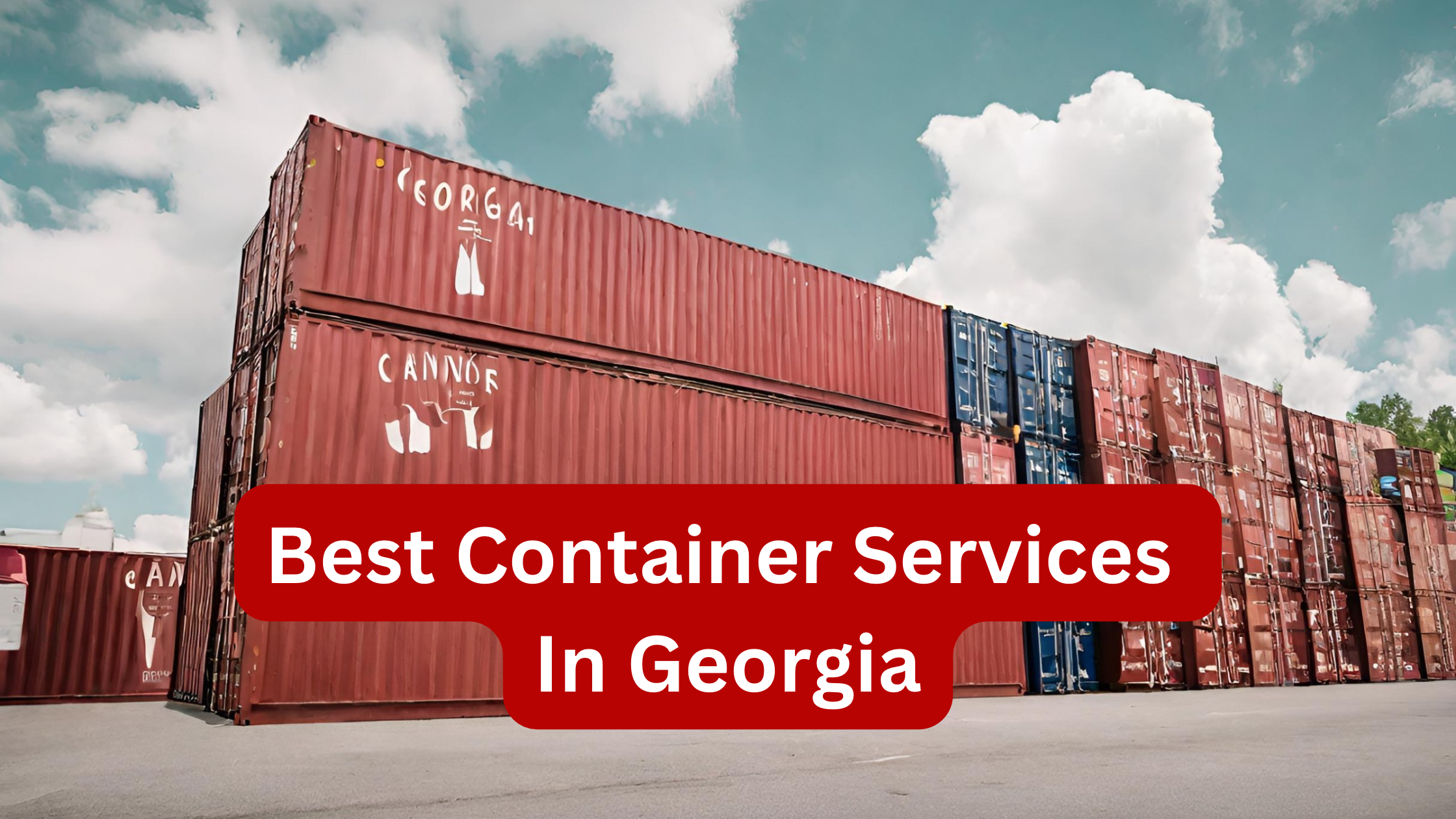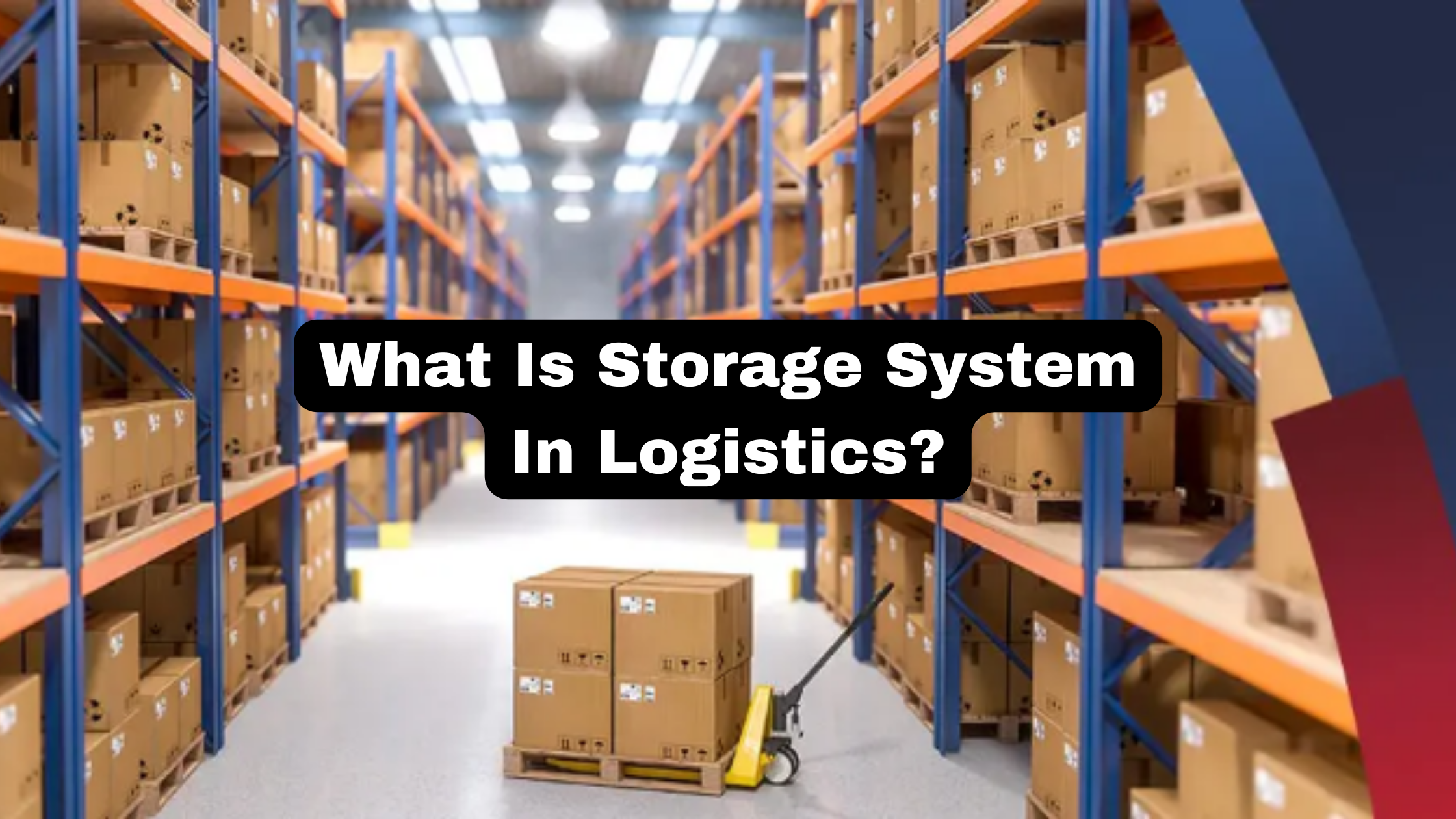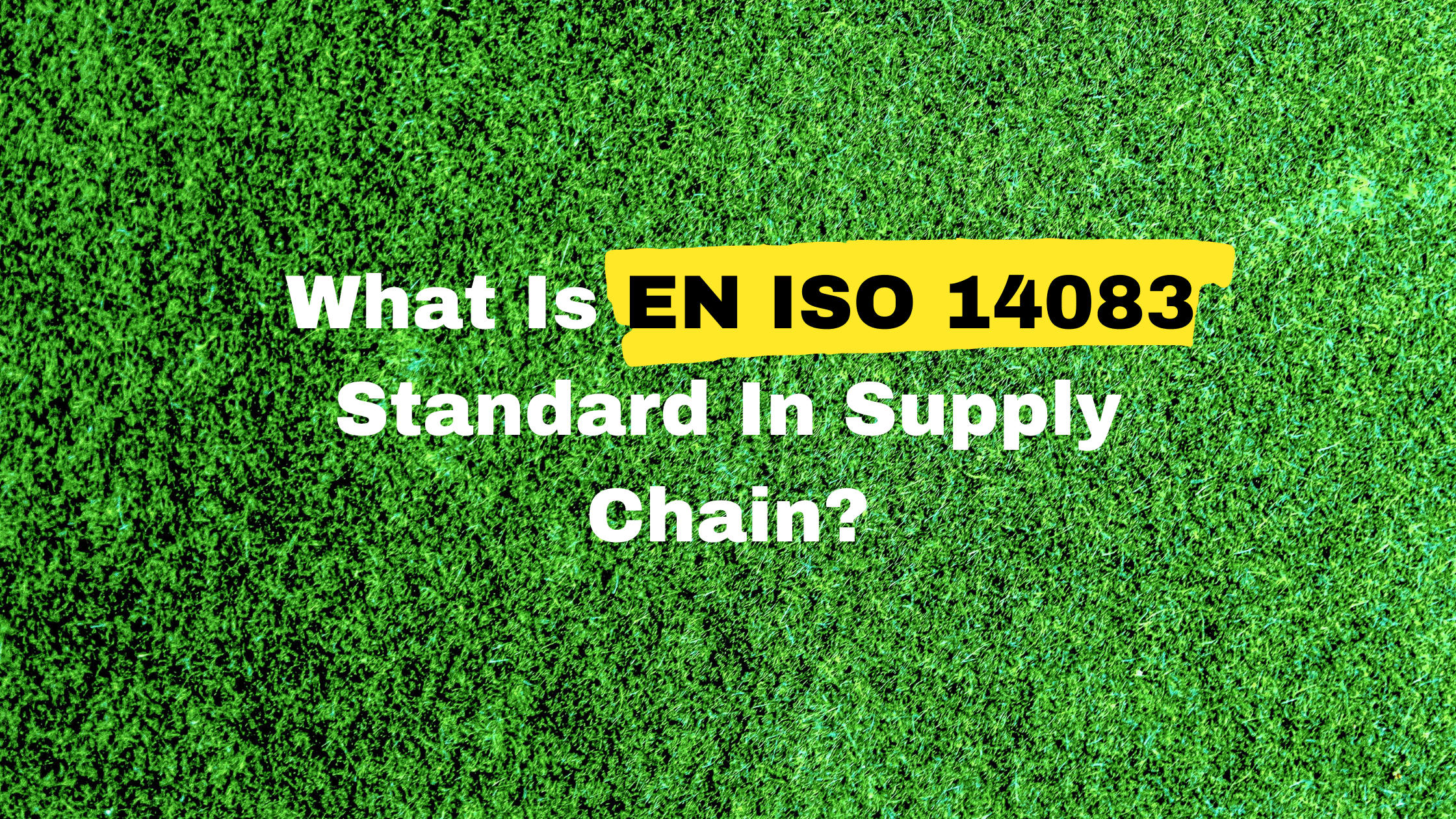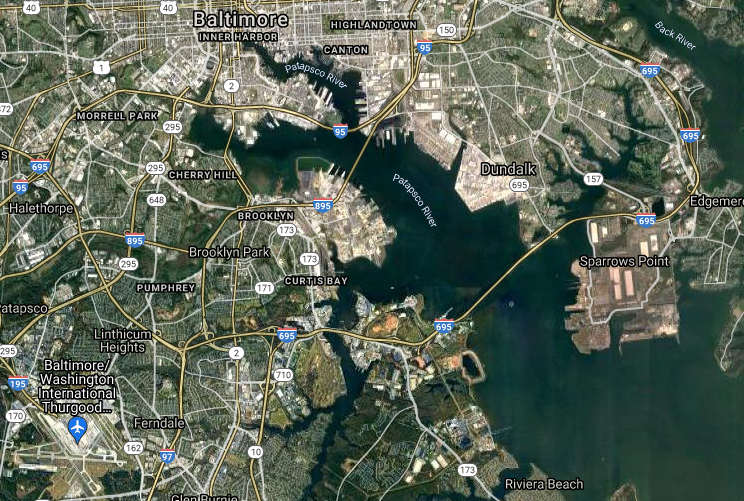In today’s globalized society, supply chains are complicated networks connecting suppliers, manufacturers, distributors, and consumers. While this interconnection has fueled economic expansion, it has also generated environmental concerns. This is when ISO 14083 enters the picture. ISO 14083 is a critical international standard that focuses on supply chain environmental sustainability.
The new ISO 14083:2023 standard was issued on March 20th, and it promises to significantly impact supply chains worldwide.
ISO 14083 will be concerned with “quantifying and reporting greenhouse gas emissions arising from transportation chain operations.” As a result, it will explicitly seek to arrange the management of greenhouse emissions from your supply chain, also known as scope 3 emissions.
Let’s look at where this ISO came from and what it means for your company and its supply chain emissions.
The Basis For ISO 14083:2023
ISO standards are created when there is a market need. They are demanded by an industry or by stakeholders such as consumer groups. As a result, ISO 14083 was developed because industry experts recognized the need for worldwide agreement on reporting emissions from supply chains (scope 3 emissions).
What Are Scope 3 Emissions?
The Greenhouse Gas Protocol is a collection of guidelines and recommendations for measuring and managing emissions. The GHG Protocol is used by 92% of Fortune 500 corporations to account for their greenhouse gas emissions. The GHG Protocol divides greenhouse gas emissions into three distinct groups, or “scopes.” Scope 1 emissions are those produced directly by a firm, such as through car use. Scope 2 refers to indirect emissions caused by bought power, steam, heat, and cooling.
Scope 3 emissions are the main emphasis here, corresponding to emissions created by your supply chain. Carbon emissions from raw material production and processing are considerable. Scope 3 emissions account for 70% of a company’s carbon impact yet are frequently left out of ESG reports. This is a problem that ISO 14083 seeks to address.
Root Cause Of Supply Chain Emissions
According to the United States Environmental Protection Agency, transportation will account for 28% of greenhouse gas emissions in the United States in 2021. This was the economic sector with the highest percentage of greenhouse gas emissions. Plus, nearly 94% of transportation fuel is petroleum-based. This must be addressed if net zero aims are to be attained.
Net Zero 2050
When it comes to emissions, the primary goal is frequently said to be net zero by 2050. The goal of net zero is to remove the same amount of CO2 from the environment as is added through energy use in transportation and production, for example. This is consistent with the UN’s aim of reducing global warming to 1.5 degrees Celsius by 2050, which is what net zero emissions need.
The United Nations has previously indicated that the net zero by 2050 aim may be out of date as the climate problem worsens. United Nations Secretary-General António Guterres urged that more economically developed countries instead aim for net zero emissions by 2040.
How To Prepare For Iso 14083:2023?
Demonstrate a considerable commitment to sustainability and net-zero aims by achieving ISO 14083 certification early. The transition to sustainable manufacturing is unavoidable for all organizations, but those that are first will inspire confidence and faith in their consumers and shareholders, as well as long-term goodwill for the company’s image.
Risk may be reduced by increasing the openness of your supply chain. To effectively gather data and report on emissions from your supply chain, you’ll need total openness. Gaining this supervision will give advantages in addition to reporting and lowering carbon emissions. It will also assist you in identifying areas of risk or impediment with your suppliers.
Existing Guidance
Looking at what currently exists in terms of recommendations for dealing with scope 3 emissions is a great place to start. The GLEC framework is an established and frequently used approach for estimating and reporting on logistics emissions.
Importantly, ISO 14083 is primarily based on the GLEC framework, with GLEC being adapted to meet the formalized ISO structure. Not only that, but the GLEC framework is also compatible with the Greenhouse Gas Protocol and the Carbon Disclosure Project.
Investing In An Effective Digital QMS
Without an efficient digital QMS, it is difficult to correctly report on and minimize your carbon emissions.
Management Of A Sustainable Supply Chain
A QMS is an unquestionable requirement for gaining total visibility of your supply chain. Access to real-time information aids in swiftly identifying where suppliers may be falling short of their sustainability objectives. This will enable you to make educated decisions about future activities, such as working with existing contractors to reduce emissions or seeking alternative providers.
Aside from the immediate impact on scope 3 emissions, it will also assist you in detecting hazards within your supply chain, including delays and obstacles, which can raise greenhouse gas emissions.
Data Driven
Working smarter, not harder, is the key to implementing a future-proof QMS. When it comes to reporting on emissions, collecting data from your supplier chain as well as your own organization is ideal. However, it also allows you to save time in a variety of areas of your business. You can fix supply chain issues remotely, but you can also manage risk and protect your brand in the long run.
Audits
The audit tool will allow you to continuously check vendors against KPIs. With specific question banks and checklists, you can plan, arrange, and carry out any sort of quality audit. If necessary, develop and implement action plans with suppliers.
Conclusion
ISO 14083 serves as a lighthouse for organizations seeking a more sustainable and environmentally responsible approach to supply chain management. This standard provides a framework for organizations to decrease their environmental effect by taking into account the lifetime of products and services, integrating environmental principles, and supporting continuous improvement.
Implementing ISO 14083 is a commitment to a more sustainable future as well as a competitive advantage in today’s environmentally concerned economy. Organizations that adopt ISO 14083 are well-positioned to prosper in a world where sustainability is the key to long-term success, as consumers, investors, and regulatory agencies increasingly prioritize environmental responsibility.








